
brianmcs
-
Posts
134 -
Joined
-
Last visited
Content Type
Profiles
Forums
Resource Library
Events
Gallery
Blogs
Store
Community Map
Posts posted by brianmcs
-
-
It is the nature of plywood that it will warp of it's own accord if not well supported/fixed
For some years I have been using ply on flat roofs where it is expected to survive at least 30 years.
We always regarded 416mm as the maximum safe span for 18mm ply.
So I am not surprised at the 9mm cupping.
The " hardwood" ply sold here in Ireland is visually very pleasing but now has a bad reputation in the roofing trade because it tends to delaminate .
The birch is usually very good quality ( especially the scandinavian ones ) but it still needs to be well supported/fixed
-
8 hours ago, Barl said:
As one of the silly, overpaid consultant "engineers" who worked on the construction phase of the LUAS Cross City, I always find it funny reading comments from armchair planners and engineers criticising the designs. Do you honestly think that every route option for the LUAS Cross City wasn't examined in detail. The project began planning not long after the red line was finished, and the final route was decided upon following public consultation and agreement between all stakeholders; including DCC, NTA, RPA (now TII) Grangegorman Development Authority etc. These projects are designed with long term thinking in mind (the new metro and other proposed lines for example) not the short term that many seem to criticise.
The chosen route serves the largest agglomeration and provides the most conveniently located stops. It is no coincidence that many large cities around the world - such as Edinburgh and Sydney - are returning to light rail as an option for public transport. As Mayner mentioned above, the grass is not always greener. Having lived in Auckland for a year it makes Dublins public transport look like a well oiled machine!
As for the underground options, Dublin is sitting on a bed of limestone covered by boulder clay and other glacial till deposits. These make it a nightmare to tunnel through as there are many fissures and water pockets which are difficult to pick up during site investigation works. Other tunnelling projects in Dublin, such as the Port Tunnel and the Greater Dublin Drainage Scheme were far from smooth sailing and encountered many difficulties, but none that couldn't be resolved by the "clueless" designers involved.
For the LUAS to work as intended, it requires the cooperation of other road users which, unfortunately is not always the case - how many incidents involving trams are the fault of the trams/drivers? Look at how well the trams work in cities like Amsterdam as they have priority and car usage is reduced.
Hopefully the proposed metro will resolve some of the issues with Dublins public transport but it is an old city with old, and hidden problems so it may take some time.
A very good post . the current problems in the city centre show the great weakness of tramways - they have to share the road space with other users.
A proper underground system will always be difficult and expensive to build but worth having .
-
 1
1
-
-
13 hours ago, leslie10646 said:
No, I know, there's not a snowball's chance in hell of this happening. But otherwise, we will all end up in forty years time going round and round and round and round and round in the same discussion....
Ah, Jon, ye never know - when all the overseas companies leave London before and after Brexit, and take themselves to Dublin - Ireland could eventually find the end of the rainbow (how much Gold is in a Crock, anyway?).
Noel did provoke a interesting thought in my mind when he talked of sticking LUAS in a tunnel and I thought - would a "Cut and Cover" tunnel in the City centre have caused any more disruption than building LUAS totally above ground?
Like it or not underground railways cost an unholy amount of money these days. When London built hers Britain ruled half the World; Moscow's Metro (utterly wonderful) was built by a dictator who didn't give a hoot about cost, his people or anything - I could go on ......
the port tunnel was built to allow HGVs easy and quick access to the port . same could be done for commuters et al. Money is not the problem.
-
 1
1
-
-
The LUAS is the poor man's metro . Dublin needs a proper underground railway . The port tunnel shows there would be no problem building it.
-
 1
1
-
-
chances are , the adhesion between the PVA and the paint would be more than enough for the cork and or ballast. After all , there is very little load on it .
-
the paint would inhibit the PVA because it would prevent it soaking into the ply .
-
Hello guys , came across this on you tube. so for anyone who has not already seen it.
-
 2
2
-
-
Thanks guys , especially Broithe for the photos.
-
-
Hello Colin , I will try but it might take some time as he IRRS archive is probably closed for the summer.
-
hello guys , thanks for the replies , your knowledge never ceases to amaze me .JHB makes a good point that a scratch built bogie Cusack and 12 wheel diner might lookout of place beside such quality as Mayner's loco and brass 6 wheelers .but if I want to recreate the train in the photo there may be no choice .There are photos of those 2 coaches in the book and it seems I need to make time to revisit the IRRS archive and see if there are any drawings there.
-
Hello guys , I am thinking about having a go at modelling (in 4mm scale) the train on page 46 of Ernie Shepherd's book on the MGWR .I think this could only be done by scratch building or kit bashing .Does anyone have any tips re which kits would be the easiest to "bash " ? PS don't want to put the photo up here because of copyright.
-
Hello Eoin , that looks amazing . have you ever thought of supplying just a kit of parts ?
-
Hi folks , some very interesting footage of the above in this clip
-
-
I am interested in the trams which ran in the 40s , thanks.
-
Hello Guys ,
anybody know where there might be some photos of Dublin trams ?
-
great finish on these models .
well done Eoin.
-
-
would it help to heat the mould first or is it rubber ?
Thanks Guysbrianmcs,
Yes, air was one problem, cooling was the other- when one has a spru going to small parts the metal solidifies at the connection! I'm thinking on a differant location to fill the mould next time around, somewhere a bit thicker...
Eoin
-
nice, crisp finish on the sides .
How did you do the white lines?
-
Hi brianmcs
The mould looks cool, though it looks like you had an air problem also! the silicone looks like it needs to be evacuated when mixed and before pouring to make the mould- this may help in casting bubble free casts. Also you could try a mould spray loubricator it may stop the plastic cast forming bubbles at the bubbles in the mould! if that makes sence?
SSM do the bogies sides your looking for or you could the Y25 bogies from Bachmann which are a bit smaller then Irish ones
Eoin
Hello Eoin ,
I am a big fan of your work .
There are air bubbles in the surface which you can see but virtually none on the surfaces of the part. This can be achieved by brushing a coat of the silicone onto the part first .
If I was doing this professionally I might invest in some vacuum equipment which would produce a better result .
I am using a spray on wax on the silicone and a honey wax on the acetal core ( in the day job I work with GRP )
The lubricant will not usually eliminate the air bubbles in the polyurethane resin but there are a couple of ways of doing this .
I will try them and post an update .
Thanks for the tip regarding the bogies .
Brian.
-
-
those castings look great , Eoin .
Was air entrapment the main problem ?
.png.c363cdf5c3fb7955cd92a55eb6dbbae0.png)

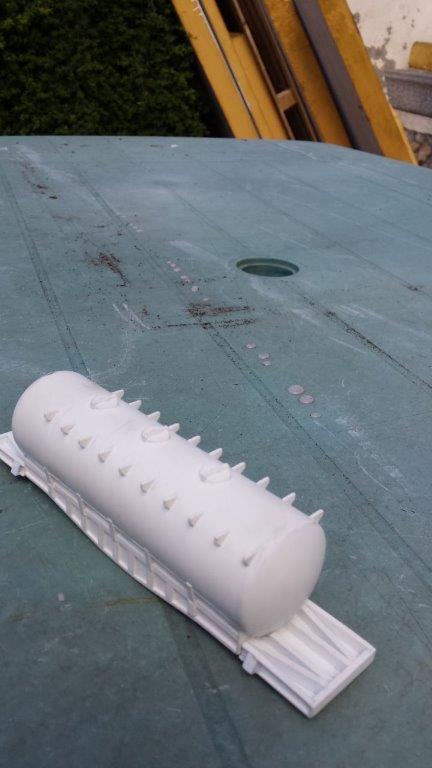
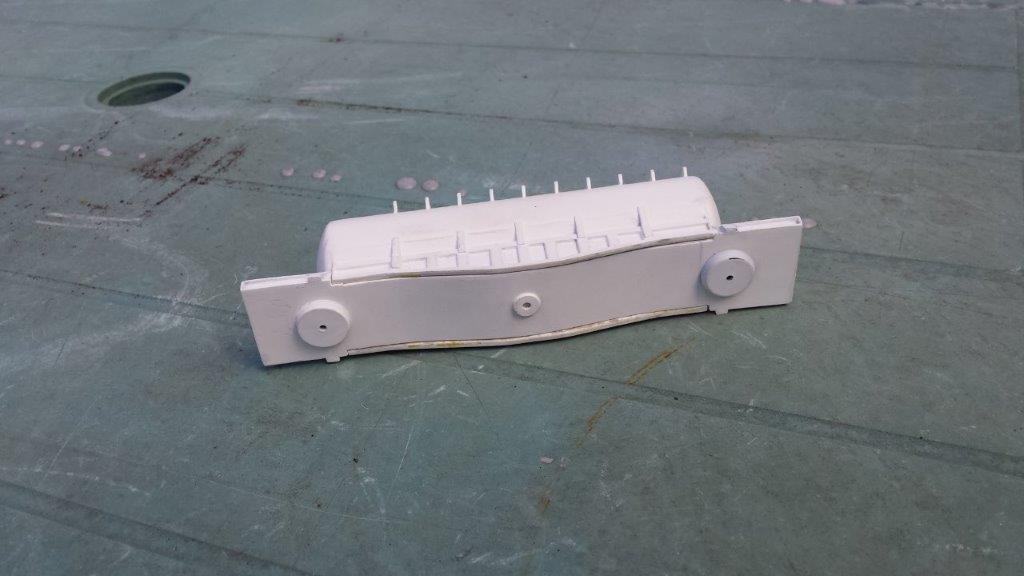
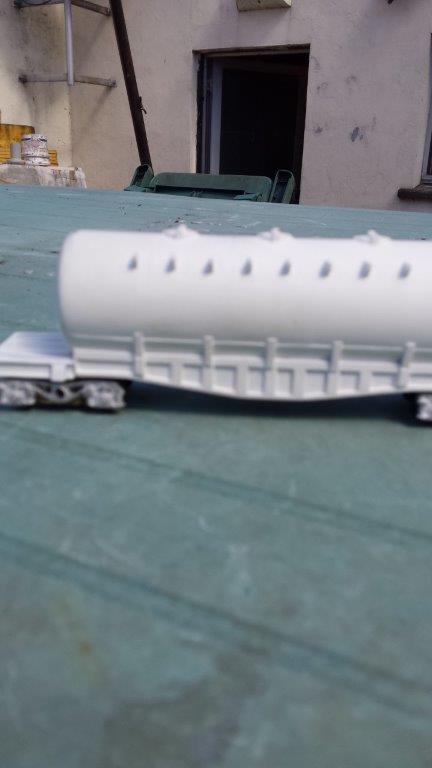
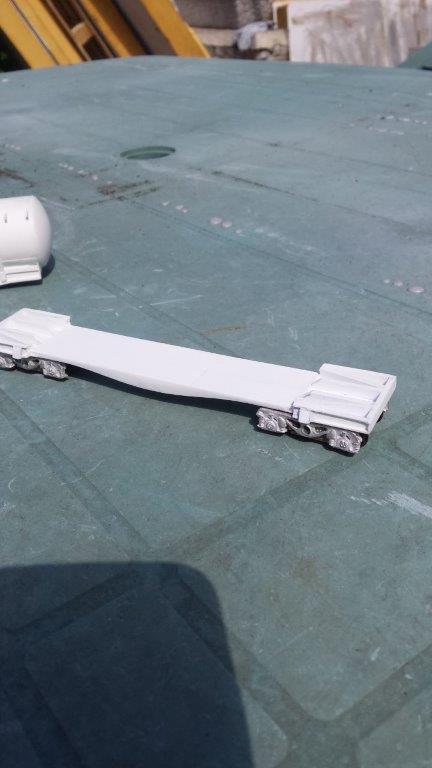
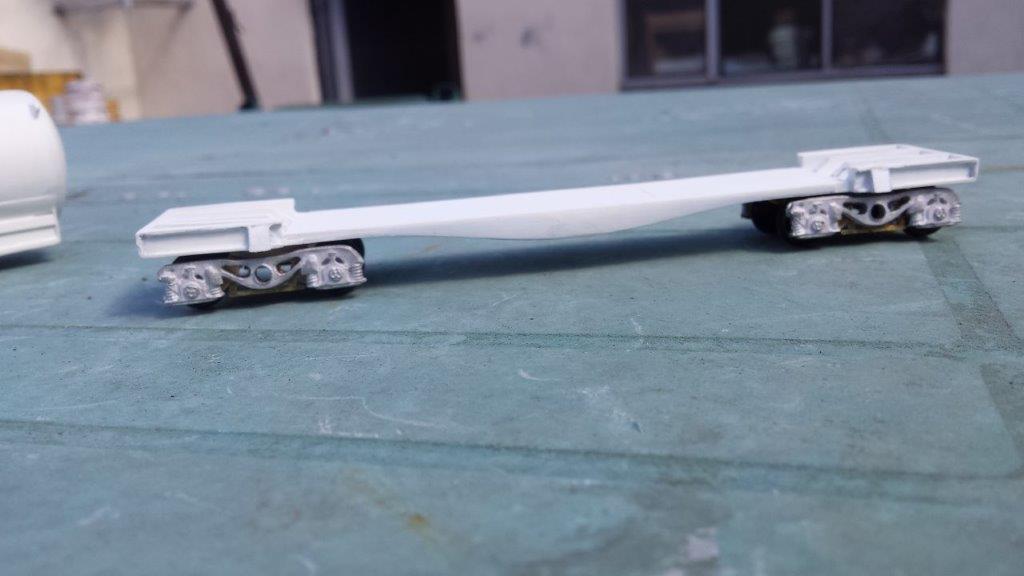
![20160411_123222[1].jpg](https://irishrailwaymodeller.com/uploads/monthly_2016_04/59eb7ff8ea327_20160411_1232221.jpg.73143a94de0bca4d50dadbe2a86c25d3.jpg)
![20160411_123145[2].jpg](https://irishrailwaymodeller.com/uploads/monthly_2016_04/59eb7ff8c04e0_20160411_1231452.jpg.9ed107f71a6624405491e21848a077b7.jpg)
![20160411_123153[1].jpg](https://irishrailwaymodeller.com/uploads/monthly_2016_04/59eb7ff8d2448_20160411_1231531.jpg.1bff8dd998f9c749afda5b971faa07d6.jpg)
![20160411_123211[1].jpg](https://irishrailwaymodeller.com/uploads/monthly_2016_04/59eb7ff8ded8b_20160411_1232111.jpg.e0880e8136aabb1a6e560d27bd56ac24.jpg)
barrow street
in Irish Model Layouts
Posted
astonishing